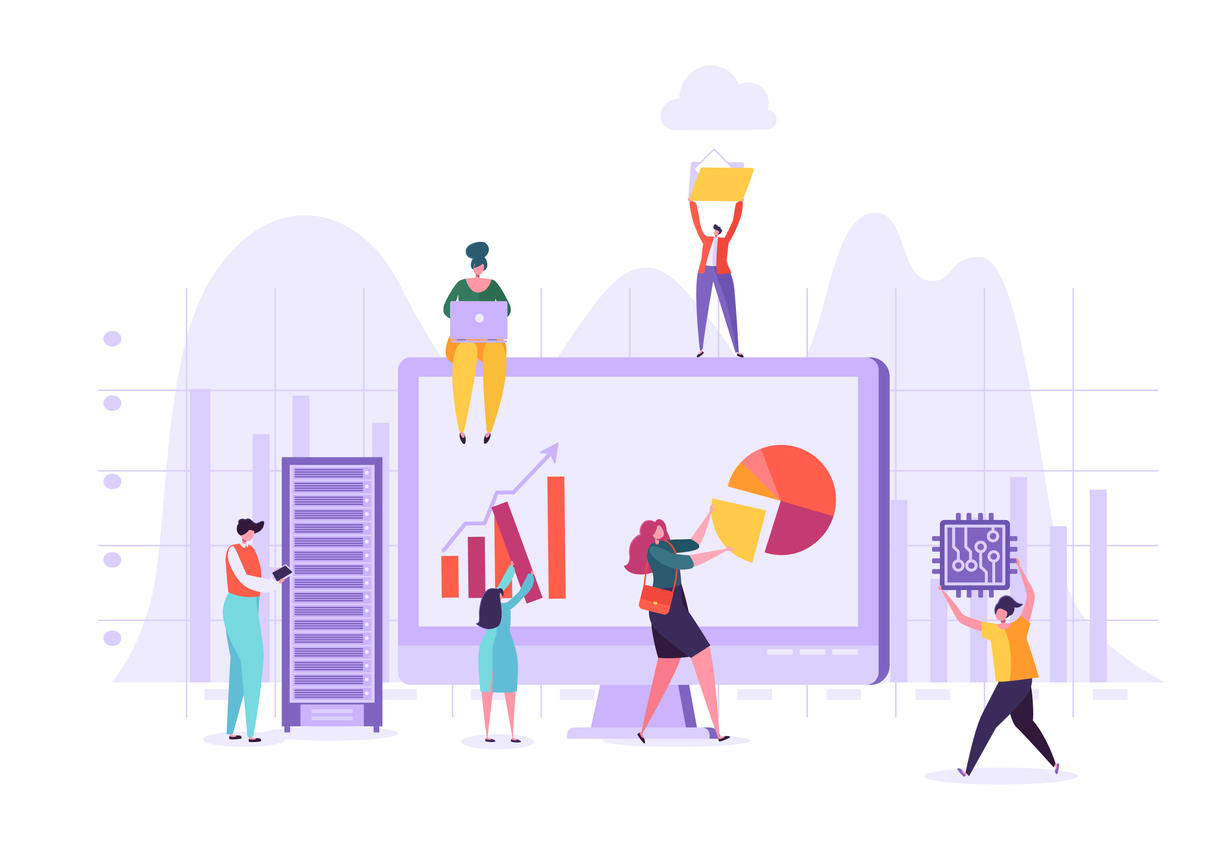Our world has become increasingly digital. The pandemic that brought the world inland only accelerated this. In fact, experts estimate that 463 exabytes of data will be created worldwide every day by 2025. Brands and organizations are incorporating this data into their business models —with more success than others. Accurate big data fusion and analysis changes the way companies work dramatically. In 2021 we have to “work smarter, not harder”. How? Along with analytics, big data fusion enables companies to use data from multiple sources to create and build a more sophisticated and coherent model and understand the data better. Although organizations may have already started to use big data fusion, some may be behind the curve.
To be successful, companies must also invest in big data fusion technologies, artificial intelligence (AI), and machine learning algorithms. AI will enable these companies to examine data from a variety of sources to produce consistent and accurate information. The rise of AI in recent years has made big data fusion methods and tools more common. But are companies getting enough of it? The Big Data Fusion Analytics foundation needs to be an established foundation for analysis here before Big Data Fusion can function properly and be useful for businesses. In technology, it is critical that executives understand their goals before investing in the technology. Big Data Fusion is a good solution for companies that are inundated with data but have no way of filtering, analyzing or extracting meaningful insights.
However, before a company can invest in big data technologies and realize their full potential, it must have the foundation-algorithms and artificial intelligence analysis-to check for anomalies and identify different behavioral patterns. So, although big data fusion alone can find deeper meanings can be found in different data sources, organizations will no longer have any actionable next steps without analysis. By combining both types of technology, companies can benefit from real knowledge.
When it comes to security, big data fusion analysis provides companies with the information they need to prevent potential criminals before they can cause damage. Big data security and investigative analytics can reduce massive flows of raw events to a controllable number of concise and clearly organized sets to guide decisions and data fusion will continue to work, with all historical information remaining available for analysis and historical information provided to experts to guide decisions (possibly in connection with a previous anomaly or in preparation for a potential incident).
The Big Data Behind The Fusion Analytics
When big data is mentioned, the age-old debate about quality or quantity usually follows. The amount of data has grown exponentially in recent years, which is good when the right tools are in place, such as artificial intelligence and machine learning algorithms can collect, clean, index, and merge data and then process it into information.
With the right big data platforms, the following applies: the more data, the better, provided companies have the opportunity to analyze it correctly. Organizations are inundated with data, creating around 2.5 quintillion bytes of new data every day. It makes sense: data has quickly (and efficiently) become what security organizations use for early warning and fraud detection. In simple terms, data can be the answer to most of the questions businesses are trying to answer. But investigative organizations are often unable to make use of their data due to enormous amounts, a variety of sources, and the isolated nature of data storage. And untapped and unmined data is useless when it comes to detecting and preventing threats. Why miss out? In the security domain, big data analytics can identify outliers and other anomalies that almost always indicate suspicious or malicious activity.
How Companies Are Using Fusion Analytics
In a national security organization, investigations lasted too long (months or even years) and often failed to close or produce actionable results. The investigator found that the instruments used by the investigation teams were no longer suitable for their purpose and analyzed a combination of big data fusion and analytics to meet their needs. In another example, a large technology manufacturer with thousands of employees around the world experienced multiple security breaches. They had to ensure that only authorized personnel had access to protected areas. By shifting from standard video- and security-camera monitoring to an integrated and analytics-driven approach, they can merge data from multiple sources, analyze it and generate new, actionable intelligence on threats that were previously not possible.
Things To Keep In Mind
When big data fusion is combined with good analytics, companies can get more and actionable insights faster, but there are a few things to keep in mind. Big data analytics can be used to either parse through all data and potentially include false positives or be fine-tuned to be more precise in what data it reviews. In the latter case, there are fewer results, but the findings can be more accurate. For a security organization, for example, this could mean that some potential data cases are not analyzed, but the organization is able to pinpoint malicious activity (with fewer false positives) more precisely.
Big data fusion is not a “set it and forget it” solution. It will only be as useful as the analytics and algorithms that derive actionable information. While big data can be helpful to an organization, it is highly recommended that the organization have a clear plan for what will happen to the data afterwards. Gathering the data is not the problem. If the company is unwilling to understand what it means, it could leave a mountain of data from various sources and no clues where to begin. It is up to companies to make sure they have the “data enlightenment” – in other words, connecting the dots together – to understand the story the data is telling and what their next steps should be.













